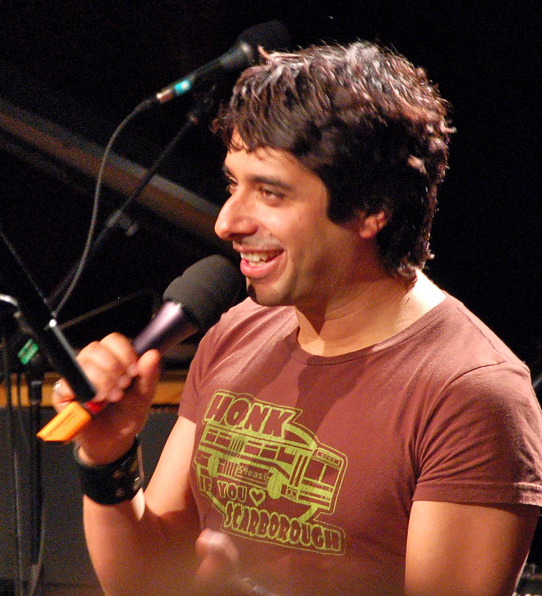By Tony Barone
As
funny as it may sound, people believe what they believe because they are
assuming that it is the truth.
To
borrow from Socrates, ideas about gender differences, philosophy, religion, the
nature of society, one’s own values, are all things worth revisiting and
examining. Only by comparing her own ideas with those of others can a person be
certain that at any given time she is making choices and decisions based on a true
set of personal values.
A
person can, of course, believe whatever he wants. It is, however, crucial to understand
that there’s a difference between beliefs built on a foundation of truth, and beliefs
based on the tenuous and fallible foundation of popular consensus or
socialization. The idea that each of us could have been acting on faulty
information for our entire lives is a difficult one to swallow.
In
your life look around and notice how many of your friends and family still hold
on to ideas about the world, about life, about themselves, which they learned
or developed as children. From there,
recognize that you may have ideas that are similarly incorrect or incomplete,
and that there’s no easy way to tell whether your ‘story’ is missing something.
It
is incredibly difficult to picture a world in which these beliefs are
incorrect. It would be like growing up implicitly trusting the morality of your
oldest friend only to find out later in life that he had been engaging in
gender-based violence for years. This would be an exceptionally difficult mental
jump to make.
So,
what does all this have to do with masculinity and gender-based violence? Why
am I meditating on the nature of belief for the Men’s Team blog?
Well,
belief has everything to do with
masculinity. Christopher Ford has written that
there is nothing natural about masculinity. Rather, it is a set of ideas –
beliefs – about what it means to be a man. These beliefs must be taken very
seriously because at times they have had and continue to have abhorrent
consequences.
25
years ago, a gunman entered a school in Montreal and massacred 14
female students. Why? He was enraged because he believed those
women were involved in studies meant for men.
Now,
not all beliefs about the nature of masculinity have negative consequences. For
example, some traditional ideas about courage and devotion to family are
difficult to see as anything but honorable. Still, these more positive
characteristics cannot be separated from a broader system of belief that men are
taught to act and identify with. These beliefs have everything to do with
placing value on strength and violence and emotional detachment at the expense
of care, vulnerability, and affect, and the consequences are experienced by
both women and men.
Men
have adopted these traditional beliefs as truths, and those who diverge from
them are ridiculed by their peers. From a young age, children, boys and girls, are
socialized into an understanding of their gender by the adults who shape their
lives. Let’s use the question of emotional vulnerability as an example. In most
cases, boys learn that they shouldn’t discuss issues about emotional problems,
as to do so is deemed to be “like a woman,” or “not manly.”
A
boy who experiences this conditioning will then be discouraged from seeking
emotional support and will become increasingly emotionally-distant in his
dealings with other peers. In the long-term, the result is that men are more
likely than women to have a greater difficulty in identifying and expressing
their true emotions, their true beliefs.
This
is just one example of the way in which a belief in the inherent value of
masculinity learned in childhood informs the ways in which men live their
lives.
Given
the incredible harm men have caused to women (and other men) based on such
collective beliefs in masculinity, it is
time we started to do the difficult work of looking within and reevaluating
whether those beliefs serve the interests of others and ourselves.
We
have the responsibility of socializing future generations of men. We need a new
set of beliefs to teach them.

